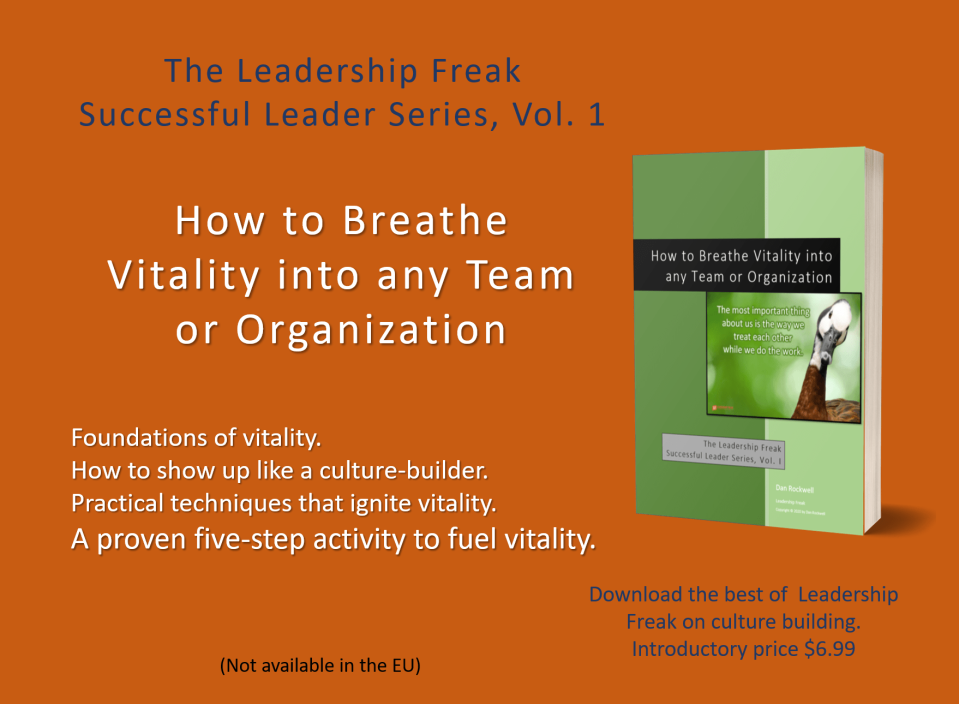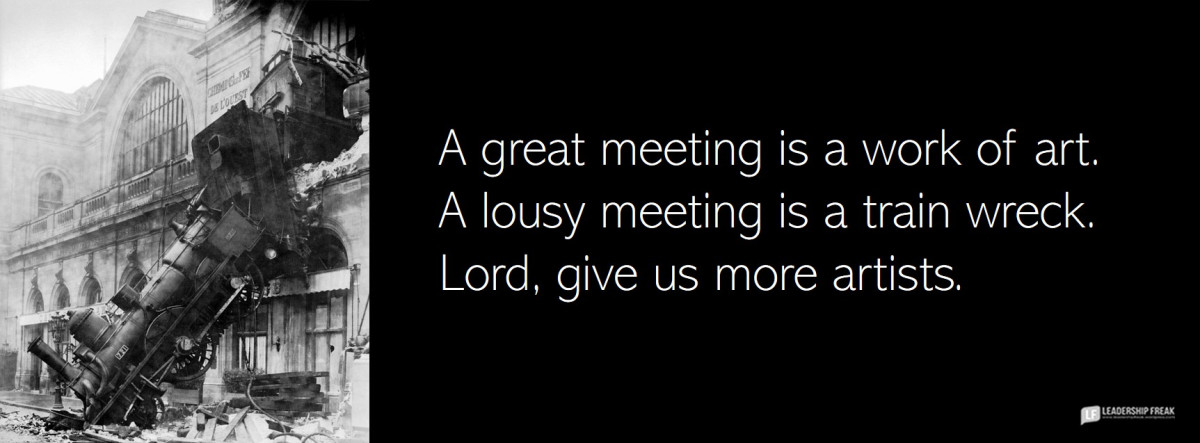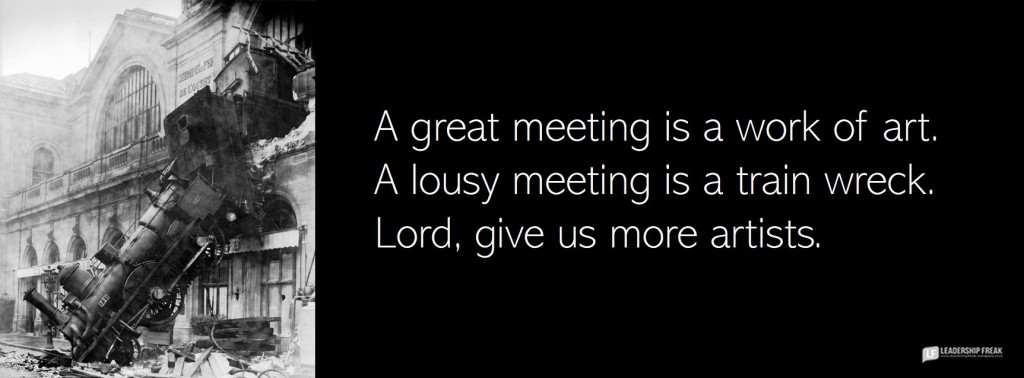Roosters, Peacocks, and Leaders Who Smell Like Sweat
Pretending success is easy deceives your team and destroys your highest points of influence.
Let people smell the sweat.
Pretending success is easy feeds the lie that you can sip margaritas while making meaningful contribution.
Effortless success offends potential.
Unglamorous stories:
Tell people how you fell in the dirt when the race ended, not how you cruised over the finish line. Victory without sweat is cotton candy.
Unglamorous stories – you might prefer to forget – are your highest point of influence. We want to know what you learned when your face was in the mud.
The only connection between “glamor” and “leadership” is L, A, and R. The only connection between “glamor” and “management” is M, G, and A.
The thing that makes you glorious is getting up after falling on your face. The ridiculous idea that magic pills solve problems insults aspiration and dilutes resolve.
Roosters and peacocks:
The leader who never sweats wears a mask.
Aren’t you sick of rooster-leaders crowing about easy success? Aren’t you tired of peacock-leaders who flaunt their feathers and hide their weaknesses?
Roosters and peacocks want to fix you because they’re so glorious.
Frauds offer easy success to impress novices and take money from the gullible.
When someone wants to know how you achieved success, they really want the secret to winning without effort. But easy success rots the soul.
Splash the sweat:
Everyone who makes a difference – over the long haul – smells like sweat.
Tell sweaty stories about your journey. Gullible novices find purpose when you show them there’s something more than glamor to leading.
Beginners learn they need others when you talk about getting up with a muddy face because others helped you.
Unglamorous stories mean most when told with gratitude and optimism.
What struggle helped you learn to lead more effectively?











 Photo by
Photo by 




